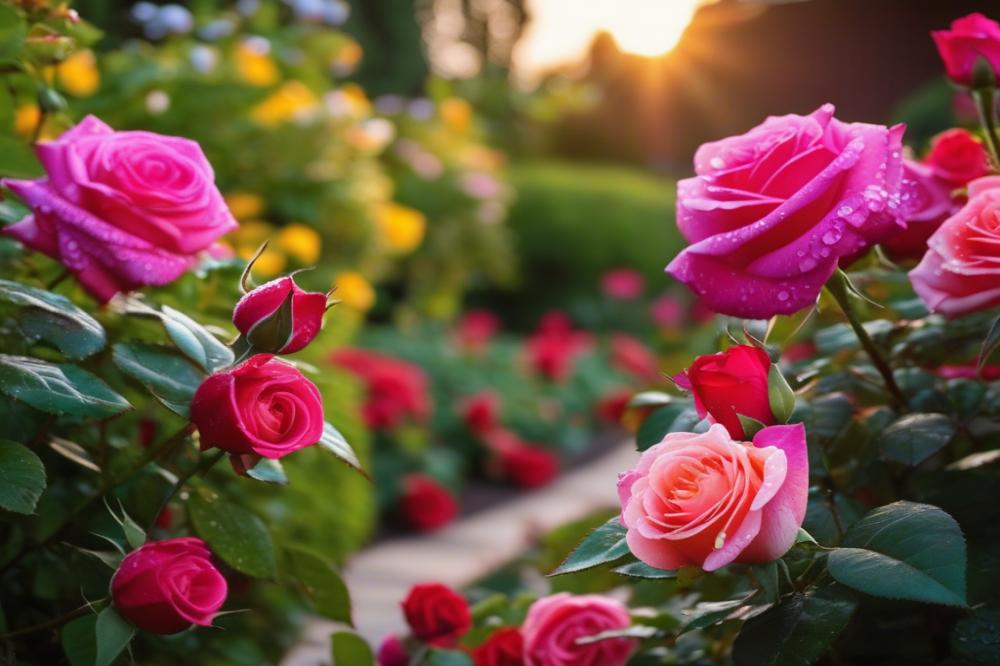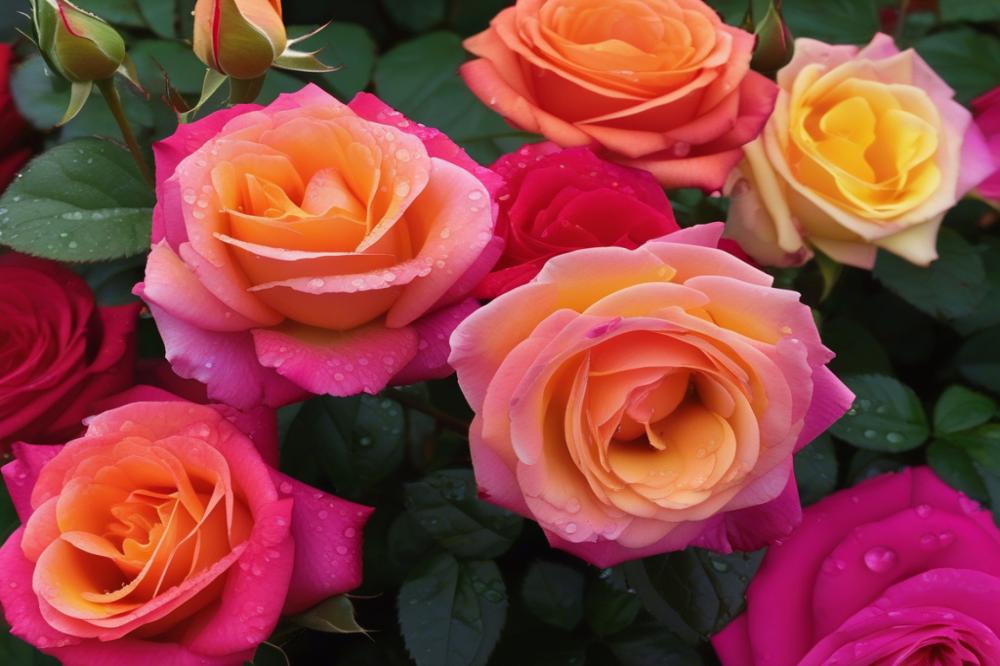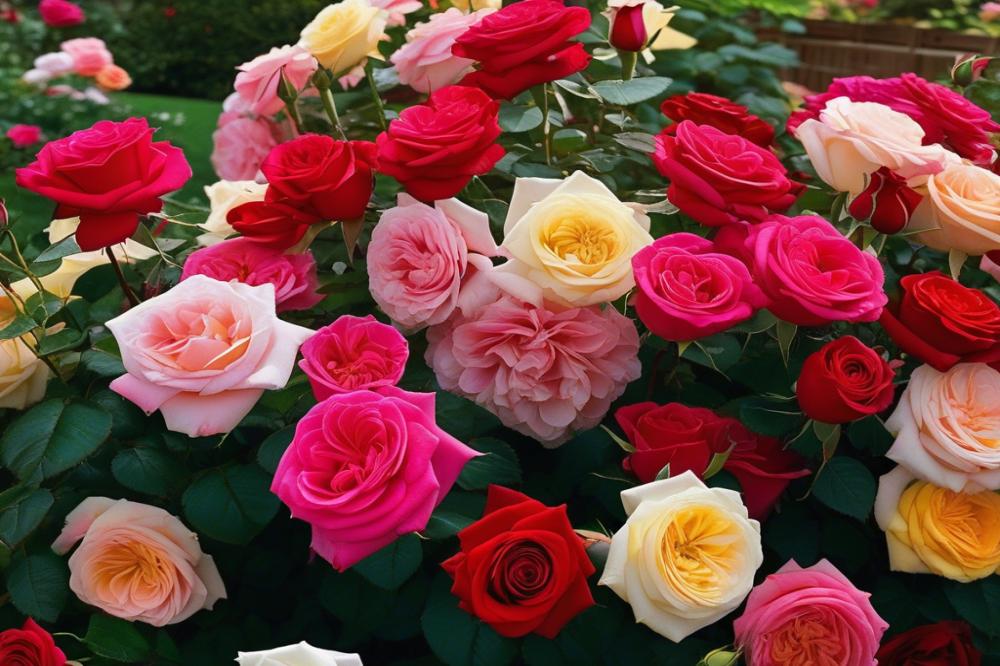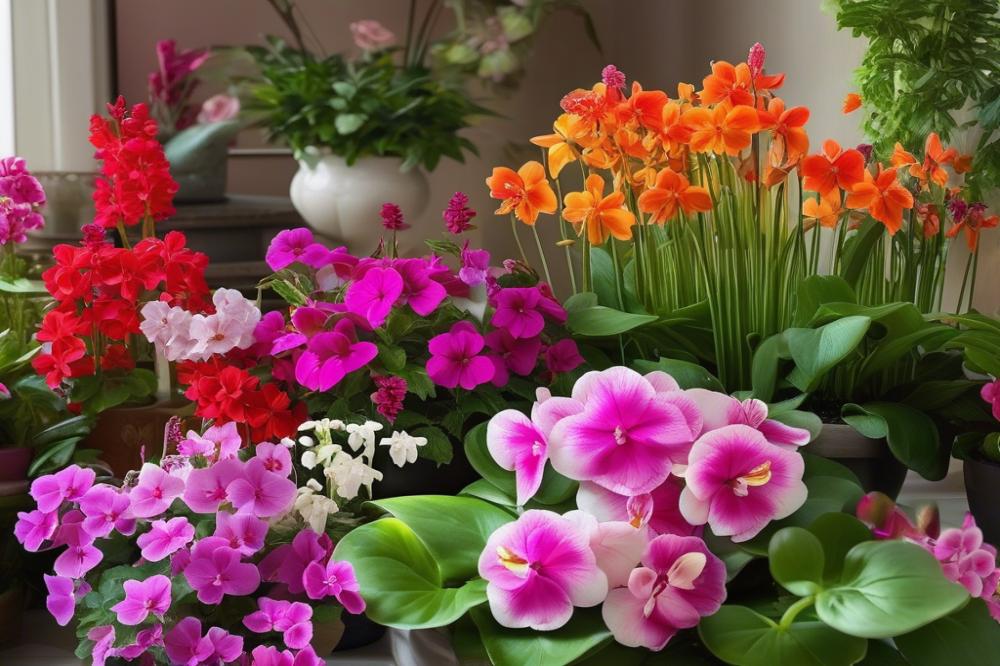Understanding the Importance of Watering Roses
Watering holds critical significance in rose cultivation. It plays a pivotal role in the overall health and longevity of rose plants. When you properly hydrate these beautiful flowers, you help them thrive. Healthy blooms depend heavily on consistent moisture. Neglecting to meet their hydration needs can lead to wilting, poor growth, and disease.
Several factors influence how much water roses require. Climate is a major consideration. In hot and dry conditions, frequent irrigation might be necessary. During cooler months, plants may need less moisture. Additionally, different types of soil affect water retention. Sandy soils drain quickly, while clay can retain more moisture. This variability means that assessing soil moisture correctly is essential for effective rose care.
Another aspect to consider is the age of the plants. Newly planted roses often require more frequent watering as they establish their roots. It’s important to develop a suitable watering schedule based on these needs. Mulch can also help maintain soil moisture, reducing the frequency of watering. Incorporating these garden tips can lead to vibrant and healthy roses. Always remember, when you properly water roses, you invest in their beauty and resilience.
Lastly, be aware of signs of drought stress. Yellowing leaves or drooping stems indicate your roses might need attention. Proper irrigation practices can prevent these symptoms and promote robust flower care. By addressing these various factors, you can create an environment in which your roses flourish.
Understanding rose plants and Their Water Needs

Roses come in many types, each with specific needs. For instance, hybrid teas require more moisture compared to shrub roses. Floribunda roses have moderate demands, while climbing varieties can adapt quite well. Knowing the type of rose plants in your garden helps tailor your watering schedule effectively.
Several factors influence how much water your roses require. Climate plays a significant role; hot, dry summers can lead to faster evaporation. Local conditions like shade and wind also matter. Variety and size are important. Smaller plants might need less water than larger, bushier ones. Observing these elements will help garden enthusiasts maintain proper flower care.
A crucial component of rose health is soil moisture. Roses thrive in well-drained soil that retains some dampness. Regular monitoring of soil conditions is essential. You can use a simple finger test: insert a finger about an inch into the soil. If it’s dry, it’s time to water. Overwatering can harm roots, so finding that balance is key.
Mulch can be a gardener’s best friend. It helps retain moisture and regulates temperature. In drought conditions, this becomes even more critical. Layering mulch around rose plants not only conserves water but also reduces weeds. These tips can transform your gardening experience and lead to blooming success.
Implementing proper irrigation techniques further contributes to rose care. Drip irrigation is excellent because it directs water straight to the roots, preventing waste. On the other hand, surface watering can promote fungal issues if done carelessly. Being methodical about these details will reward you with more vibrant flowers and healthier plants.
Establishing a Watering Schedule

Creating a consistent watering schedule is essential for the health of your rose plants. On average, they need about 1 to 1.5 inches of water weekly. Different factors will affect how often you water, such as the type of soil and climate conditions. Checking the soil moisture is crucial. If the top inch of soil feels dry, it’s time to water your roses.
Consider adjusting your schedule throughout the seasons. During the hot summer months, you may need to water more frequently. Conversely, in cooler weather or during rainy seasons, reducing the amount can help prevent root rot. By paying attention to the weather, you can keep your roses thriving.
Morning vs Evening Watering
The time of day you choose to water makes a difference. Morning is often the best time. Watering early helps plant leaves dry quickly, which can prevent diseases. Evening watering can lead to dampness overnight, making it easier for fungal issues to develop. Late-day watering might seem convenient, but it can negatively impact rose health.
Using mulch around your roses is an excellent garden tip for conserving moisture. Mulching helps retain soil moisture, reducing how often you need to water. When planting roses, consider this method. It creates a barrier against heat and weeds while allowing slow moisture release.
Understanding the unique needs of your plants is vital. Drought conditions can stress your roses, so adapting your approach is necessary. Keep an eye on your soil and the weather to maintain a healthy irrigation routine. Following these guidelines will help your flower care efforts lead to beautiful blooms.
Effective Watering Techniques

Deep vs Shallow Watering Methods
Deep watering encourages strong root growth. When you water deeply, moisture reaches the lower soil layers. This forces roots to dig down where they will find more nutrients. Shallow watering, on the other hand, keeps roots near the surface. It can lead to weak, unhealthy plants over time. To maintain robust rose plants, consider a watering schedule that targets deeper layers of soil. Aim to water less frequently, but let the water soak in thoroughly.
Use of Irrigation Systems and Their Benefits
Irrigation systems can simplify flower care for busy gardeners. Drip irrigation provides a slow, targeted way to deliver water directly to the roots. This method reduces water waste while promoting healthy soil moisture. Sprinkler systems can cover a larger area, but they may lead to uneven watering. If you want to keep your roses thriving, look into timers. They can help maintain a consistent watering routine, mitigating the risk of drought stress.
How to Avoid Overwatering and Underwatering
Finding the right balance is crucial for rose health. Overwatering can suffocate roots, leaving them vulnerable to diseases. On the flip side, underwatering leads to wilting and weak plants. One effective tip is to check the soil moisture before watering. Stick your finger into the ground; if it feels dry a couple of inches down, it’s time to water. Using mulch can help retain moisture and regulate soil temperature, benefiting your planting roses. Remember that care varies with the seasons, so adjust your techniques accordingly.
The Role of Mulch in Water Retention

Using mulch around rose plants can greatly enhance your flower care routine. This simple addition acts as a protective layer over the soil, providing many benefits. One of the main advantages of mulch is its ability to conserve soil moisture. It helps to keep the ground damp, reducing the frequency of your watering schedule. When the soil remains moist, roses can absorb nutrients effectively, promoting better growth and blooming.
Benefits of Using Mulch Around Rose Plants
Applying mulch reduces the evaporation rate of water from the soil surface. As a result, less frequent irrigation is needed, saving time and resources. Furthermore, a mulch layer can help suppress weeds that compete for nutrients and water. This improves the overall rose health by allowing your plants to focus on growing rather than struggling for essentials. Additionally, mulch regulates soil temperature. It keeps the soil cooler during hot days and warmer during cold nights, which is crucial for planting roses.
Recommended Types of Mulch for Rose Gardens
When selecting mulch, consider organic materials like shredded bark, wood chips, or leaf mold. These options break down over time, enriching the soil naturally. Straw or grass clippings are other effective choices, providing great moisture retention. Avoid synthetic solutions, as they do not improve soil quality and may harm the environment. The best types help create a healthy ecosystem for your roses to thrive.
How Mulch Helps in Maintaining Soil Moisture
Mulch acts as a barrier, reducing the impact of rain on the soil. This minimizes soil compaction and prevents it from drying out quickly. It creates a less favorable environment for evaporation, meaning that even during drought conditions, the soil retains valuable moisture. A well-mulched area requires less frequent watering, allowing you to focus on other garden tips. Overall, the application of mulch is a practical measure that supports robust rose growth and vibrant blooms.
Garden Tips for Drought Conditions
Recognizing Signs of Drought Stress in Roses
Noticing when your rose plants display signs of drought stress is essential. Leaves may begin to curl or wilt as the soil moisture decreases. Faded colors and crispy edges on petals are common indicators of water deprivation. If the stems feel dry to the touch or fall over, these are clear alarms. A careful observation can save your flowers from serious damage. Keep an eye on them, especially during hot months.
Best Practices for Watering During Dry Spells
Developing a solid watering schedule is key during dry spells. Water your roses deeply once or twice a week rather than giving them little sips more frequently. This method encourages roots to grow deeply, seeking moisture in the soil. Utilizing mulch around the plants can help to retain soil moisture, limiting evaporation. Drip irrigation systems are beneficial as they target the roots directly, ensuring water gets to where it’s needed most. Adjusting your timing can improve efficiency; early morning is the ideal time to water.
Strategies for Long-Term Rose Health During Drought
Planning ahead is crucial for maintaining rose health throughout drought periods. Choosing drought-resistant varieties can make a big difference when planting roses. Consider soil amendments that enhance moisture retention, too. Regularly check soil moisture levels using simple tools or even your finger. Rotate your planting locations, allowing the soil to recover. A healthy garden ecosystem contributes significantly to reducing stress on your flowers. Growing companion plants can also provide shade and reduce evaporation.
Common Mistakes in Watering Roses
Overwatering and Its Effects on Rose Plants
Overwatering is a frequent error among new gardeners. The consequences can be dire for rose plants. Root rot often occurs when the soil remains soggy. This condition can hinder nutrient absorption, leading to stunted growth. Yellowing leaves may signal distress caused by excess water. Roses thrive in well-drained soil, not puddles. Proper irrigation should maintain a balance. Avoid drowning your plants; less can truly be more.
Misunderstanding Soil Moisture Levels
Many people misjudge how wet or dry their soil is. Using your finger, you can check moisture depth. Simply push it into the soil about an inch. If it feels dry, it’s time to consider watering. On the other hand, if it feels damp, hold off. Knowing these soil moisture levels is crucial for flower care. Roses do not need daily soaking. A consistent watering schedule helps create a healthy environment.
Importance of Testing Soil Before Watering
Testing the soil should be part of your routine. This process reveals essential information about moisture content. A good understanding helps prevent both drought and overwatering. Various tools are available to measure soil moisture effectively. You might also consider using mulch to preserve moisture. Additionally, mulch can improve rose health by regulating temperature. Taking these steps ensures better growth for your roses after planting. Become confident in your watering decisions for healthier blooms.
Final Thoughts on Watering Roses
Effective watering practices can make a significant difference in the health of your rose plants. Always remember that consistency is essential. A deep, thorough watering session is preferable to frequent shallow sprinklings. This approach allows roots to reach deeper into the soil for nutrients and moisture.
Consider the unique conditions in your garden. Factors such as soil type, climate, and the specific variety of roses you have will influence your watering schedule. Adjust your methods based on these elements. For instance, sandy soils drain quickly and might need more frequent watering compared to clay soils, which retain moisture better.
As you care for your roses, keep an eye out for signs of distress. Yellowing leaves or wilted blooms often indicate that your plants need more attention. Conversely, overly soggy soil can lead to root rot. Finding a balance will require observation and patience.
Ultimately, the key to maintaining beautiful and thriving roses lies in understanding their needs. With the right techniques and a bit of practice, you will cultivate a stunning garden full of vibrant blooms. Stay committed to learning and adapting your approach as you go. Happy gardening!



